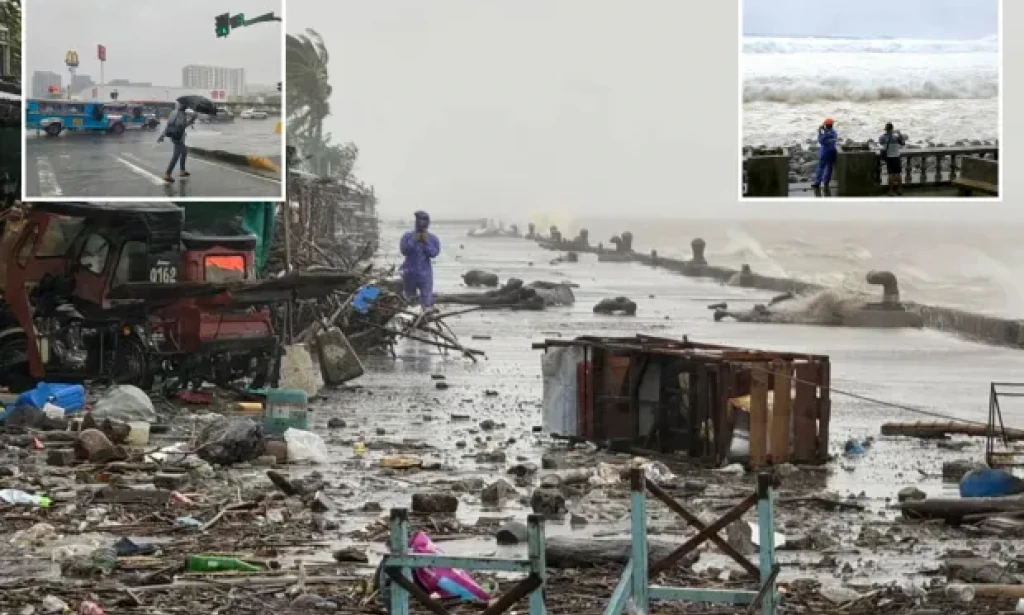The Philippines, located along the Pacific Typhoon Belt, has endured yet another devastating test of resilience. In late September 2025, two major storms struck within days of each other, leaving a trail of destruction across multiple regions.
Super Typhoon Ragasa, one of the strongest storms of the year, slammed into northern provinces with winds exceeding 200 kilometers per hour. Thousands of families were evacuated to emergency shelters as floodwaters rose and electricity grids collapsed. Agricultural damage was severe, with rice and corn fields flattened just weeks before harvest.
Meanwhile, Tropical Storm Bualoi, locally known as “Opong,” battered central and coastal communities with heavy rains. While weaker than Ragasa in terms of wind strength, Bualoi triggered deadly landslides and flash floods. Reports confirm dozens of fatalities and widespread displacement, particularly in low-lying towns unprepared for the sudden surge of water.
The National Disaster Risk Reduction and Management Council (NDRRMC) has mobilized rescue teams, while local governments opened evacuation centers and distributed relief goods. However, challenges remain, as blocked roads and damaged bridges have slowed relief delivery in hard-hit areas.
These back-to-back storms highlight the country’s vulnerability to extreme weather events made worse by climate change. Meteorologists warn that warmer oceans are fueling more intense storms, increasing risks for millions of Filipinos. Experts stress the urgent need for stronger early warning systems, climate-resilient infrastructure, and community preparedness to reduce future loss of life.
Source: The Sun – “Super Typhoon Ragasa lashes Philippines as flights canceled; Tropical Storm Bualoi (‘Opong’) causes deadly floods” (The Sun)

You must be logged in to post a comment.